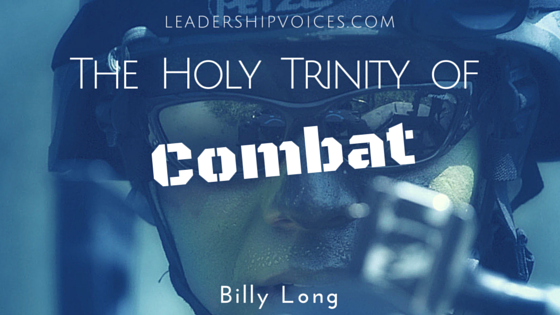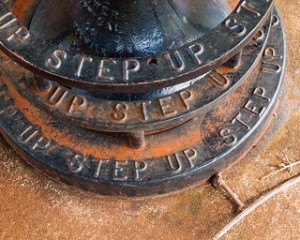Currently, I am observing the performance (or lack thereof) of six or seven non-profit boards. I have my eyes on a couple of profit-making ventures as well. If you are serving on one of these kinds of boards, then I have some observations and some thoughts for you today.
Profit Oriented Enterprises
If you serve on this kind of board and it is a publicly traded company, then you have some fiduciary responsibilities that other boards and other board members may not have. I will not really address these types of boards at this time. But, suffice it to say, there are stakeholders, shareholders, customers, and clients and each of them has needs that must be addressed.
Not-for-Profit Enterprises
If you are serving on this kind of bard, then I want to speak to you today. You, too, have stakeholders, shareholders, customers, and clients. There is just no profit-making motive that drives you. These enterprises are driven by the customer or client experience. It is in these environments — churches, charities, clubs, educational institutes, and most hospitals, that there is significant work to be done for the boards that lead and guide them.
Types of Boards
Functionally Defined
There are several different types of boards.
Click here to read the rest of the article »





